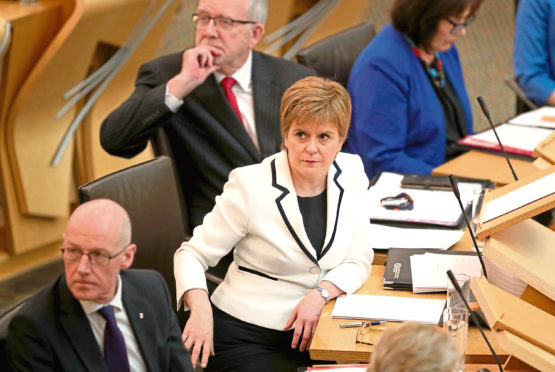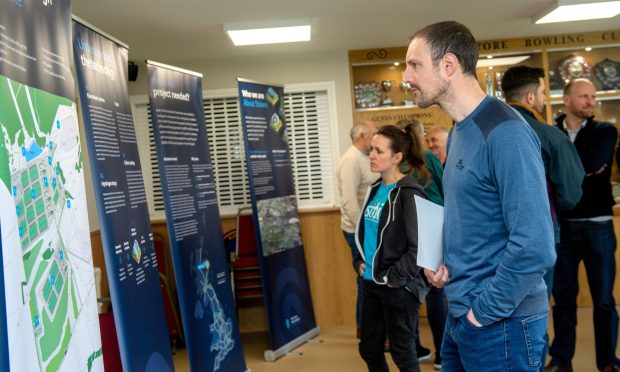Nicola Sturgeon has hinted that the SNP would be willing to work with other parties as “part of a progressive alternative to the Tories”.
The First Minister made the comment on the first day of campaigning for the general election that MPs agreed on Tuesday will take place on December 12.
Ms Sturgeon was more coy when asked whether she would demand backing for IndyRef 2 be a condition of any support.
But earlier in the day, the party’s deputy Westminster leader Kirsty Blackman spoke more bluntly, saying that the price for support would be a Section 30 order.
She said: “If anyone wants to work with us, they need to pick up the phone and talk to us about that Section 30 order.”
Shortly after the SNP offer yesterday, Labour’s shadow transport minister Andy McDonald told the BBC his party “would not stand in the way of a second independence referendum”.
The various comments led to a swift response from Number 10, with Nicola Sturgeon and Jeremy Corbyn accused of doing a “shady backroom election deal”, as the campaign for Downing Street kicked-off.
A senior Number 10 source alleged the SNP and Labour had formed an election pact, with a second independence referendum being the price for votes in a potential coalition at Westminster.
A Government source later told the Press and Journal: “He (Jeremy Corbyn) has done a shady backroom election deal with Nicola Sturgeon for a referendum in Scotland, something which I don’t think much of his party is particularly happy with but it is a position which Jeremy Corbyn has stated very clearly.
“He does back a Scottish independence referendum as well as a second referendum on the EU. That’s not how we want to spend 2020.”
They added: “Politicians don’t get to choose the referendums they respect. There was a referendum in Scotland. There was a referendum in the UK. Both results should be respected, not rerun.”
Gordon Tory MP Colin Clark said it was now “clear Labour are ready to sell Unionist voters down the river to get Jeremy Corbyn into Number 10”.
He added: “Corbyn is too weak to stand up to Nicola Sturgeon and her obsession with a second independence referendum.
“Voting Scottish Conservative in this election is the only way to stop indyref2 and get Brexit sorted so we can all move on.”
A Labour spokesman later batted away talk of a formal pact, but repeated that the party would not block a request for a second independence referendum.
He said: “There is no such agreement. There is no commitment to such a referendum.
“Labour doesn’t support there being another Scottish referendum and we’ve set out a very clear position that we would not agree to such a thing in the formative years of a Labour government.
“But at the same time, if there was a request from the Scottish Parliament and the Scottish Government later on, we will not seek to block it.
“The key point is that the claim being made repeatedly by Boris Johnson and the Conservative Party about two referendums if there’s Labour government next year is invented and completely untrue.”
“If there were such a referendum, we would support continued unity with Scotland”, he added.
The clash came as the House of Lords prepared to consider the one-page Bill passed on Tuesday by the Commons, enabling the election to take place on Thursday, December 12.
Once it receives its royal assent, it will pave the way for Parliament to be dissolved on November 6, leading to the first December poll in almost a century.
The election comes after the EU extended the UK’s exit deadline to January 31 – although Brexit can happen earlier if a deal is agreed by MPs following the poll.










